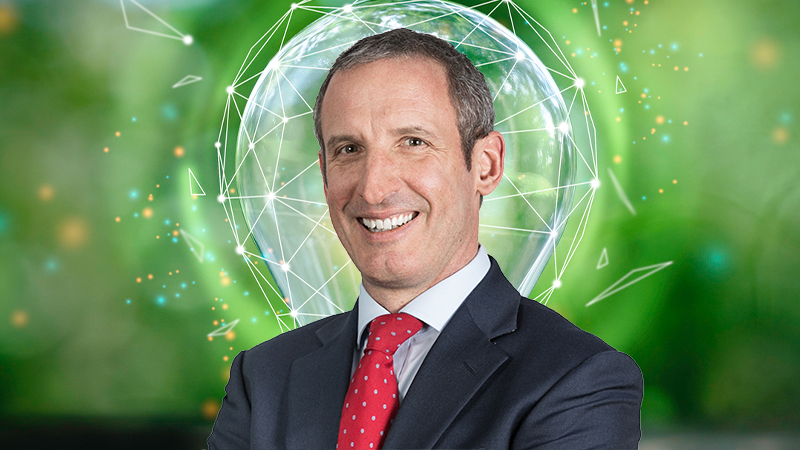It hasn’t been an easy time to be an environmentally focused fund manager. Well-documented problems in a number of the renewable energy sectors have hit share prices, with rising interest rates and inflation escalating build-costs. The sector has also had to manage some indigestion from the wall of capital that hit during the pandemic, raising share prices and valuations. However, for those who believe the transition to a more sustainable economy is irreversible, it may be a good moment to re-examine the sector.
Impax Asset Management has been in the sustainability business for more than 25 years, with Jon Forster joining Ian Simm and Bruce Jenkyn-Jones in 2000. The team has seen the sector evolve from a niche, volatile market to a more global, mature investment opportunity. They have evolved with it, and now run £39bn in a range of different strategies.
See also: Discounting net zero: Investment trust sector ‘re-embracing’ ESG values
Impax Environmental Markets, the UK’s largest environmental investment trust, was launched in 2002, and now has £1.2bn of total assets, according to AIC data. The broad investment proposition hasn’t changed since launch, says Forster: “The thesis is that companies that are finding solutions to environmental challenges are going to grow at a faster rate compared with the global economy. And if we can understand that sector well and pick the right stocks, we can translate that growth into long-term outperformance of global equities.”
However, the opportunity set has changed meaningfully. When the group first started, the environmental universe was limited to energy, water and waste. “It was quite niche but has become far more diverse over the years,” he says. The fund now covers clean and efficient transportation, sustainable food and agriculture, ‘smart environment’, which includes digital infrastructure and artificial intelligence (AI). ‘Waste’ has become ‘the circular economy’, which incorporates recycling and waste management, and is now a much broader sector.
Forster adds: “The fund is offering investors pure exposure to the growth of environmental markets. It’s small and mid-cap biased, and it has a growth orientation, but at a reasonable price.”
However, it has been a tougher period for environmentally focused assets, with wind and solar assets in particular in some difficulty. At the same time, small and mid-caps have significantly underperformed, and growth as a style has also struggled. There has been some row-back on the energy transition, particularly in the US. Targets have been pushed out as some major asset owners in the US have railed against the inclusion of ESG principles from fund managers.
This is unwelcome, but does not disrupt the long-term picture, says Forster. He believes the recent run of weakness has brought valuations down to attractive levels and presents a real opportunity for investors who believe in the long-term transition story.
See also: Morningstar: ESG funds are cheaper than conventional strategies
Forster is in no doubt about the durability of environmental change and is encouraged by changing consumer preferences. “If you think of the big upheavals in the global economy, consumer preference has been a key part of that,” he explains. “This has been a driver for environmental change – from the VW ‘Dieselgate’ scandal to the war on plastics. All of these changes were catalysed by the consumer, with governments looking to align themselves.”
Policy and regulation remain another key driver of change. “There is still a ‘policy ratchet’. The policies get tighter over time, energy policy standards are building, water treatment quality standards are improving. That is a potent driver of growth. Have we seen some paring back? Yes. But does it change the destination? We don’t think so.”
Read the rest of this article in the July/August issue of Portfolio Adviser magazine










